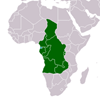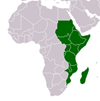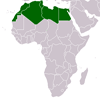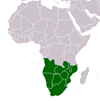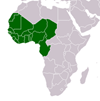EU guidelines human rights and International humanitarian law
EU guidelines human rights and International humanitarian law
During the Heyday of camel caravan traffic – from the eighth-century arrival of Islam in North Africa the early-twentieth-century building of European colonial railroads that linked the Sudan with the Atlantic – the Sahara was one of the world’s great commercial highways, bringing gold, slaves, and other commodities northward and sending both manufactured goods and Mediterranean culture southward into the Sudan. Historian Ralph A. Austen here tells the remarkable story of an African world that grew out of more than one thousand years of trans-Saharan trading. Perhaps the most enduring impact of this trade and the common cultural reference point of trans-Saharan Africa was Islam. Austen traces this faith in its various forms - as a legal system for regulating trade, an inspiration for reformist movements, and a vehicle of literacy and cosmopolitan knowledge. He also analyzes the impact of European overseas expansion, which marginalized trans-Saharan commerce in global terms but stimulated its local growth. Indeed, trans-Saharan culture not only adapted to colonial changes, but often thrived upon them, remaining a potent force into the twenty-first century.
CITATION: Council of the European Union. EU guidelines human rights and International humanitarian law . Brussels : EU , 2009. - Available at: https://library.au.int/eu-guidelines-human-rights-and-international-humanitarian-law-7

